In Jurassic World: Chaos Theory Season 3, the stakes soar higher than ever before as the show continues to bridge the gap between Camp Cretaceous and Jurassic World: Dominion, following the post-Nublar adventures of the now-famous (or infamous) “Nublar Six” as they uncover a sinister dinosaur trafficking network across the globe and try to survive in a world where dinosaurs now live side by side with humans.
Premiering with much anticipation, the third season is a thrill ride from start to finish. You’d expect nothing less from the follow-up to Camp Cretaceous, but Chaos Theory is in its own league. Unlike Jurassic Park’s first animated outing, which kept the stories confined to the dinosaur-infested islands of the Pacific, Chaos Theory plants its feet firmly in the present-day mainland. The show leans all the way into the post-Fallen Kingdom concept: dinosaurs in our world, not just a tropical island nightmare. And it doesn’t shy away from showing us how complicated, messy, and awe-inspiring that new world really is.
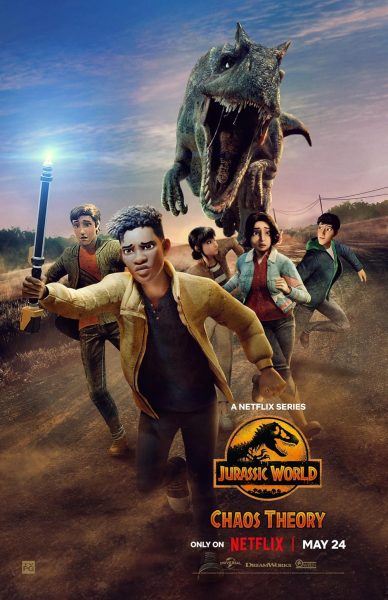
This is the first time in the franchise we’ve gotten such an expansive, detailed, and grounded look at what life with dinosaurs on the mainland actually looks like, and it’s handled with realism and maturity. The first episode, “Aftershock,” sets the tone with a chilling montage of radio commentary from civilians: disgruntled, anxious, and even angry. We’re reminded early on that this isn’t a dinotopia. These animals aren’t invaders or monsters; they’re creatures trying to survive in a world not made for them. The series manages to explore this theme in ways that the films never truly had time for, sometimes through dialogue, other times with one striking shot that tells a whole story.
From there, the season takes off, traveling with the characters from the United States to Africa, out to sea, and eventually through Malta and Italy. Each setting expands the scope and tension, bringing breathtaking new visuals, more global stakes, and further insight into how the world is responding to the dinosaur breakout. The animation and lighting continue to be a high point for the series, giving us dramatic skylines, kinetic chases, and still, quiet moments that hit even harder.
At its core, Season 3 is an unraveling mystery. It takes on a darker, shadier tone than previous seasons, with more human threats, higher emotional stakes, and a growing sense of unease. While Camp Cretaceous gave us kids surviving dinosaurs, Chaos Theory gives us young adults surviving the harsh truth behind the Jurassic World industry: its secrets, its betrayals, and the people who will do anything to control dinosaurs for power.
One of the most satisfying aspects of this shift is seeing how much the characters have grown. None of the Nublar Six feel out of place; each of them has clearly adapted and reacted to this new world in their own way. Their relationships, their trauma, their strengths– it all feels earned. The personal dynamics remain one of the strongest elements of the series, from quiet bonding moments to messy disagreements to moments of raw vulnerability. This season understands these characters inside and out and lets them grow without losing who they were.
Brooklynn, especially, emerges as a standout. Her evolution is powerful, emotional, and, frankly, necessary. Once seen as the quirky, tech-savvy influencer, she’s now a young woman grappling with trauma, pain, and the question of who she is after everything she’s survived. The attack by an Atrociraptor (a moment in season one orchestrated by the mysterious Handler) leaves her physically disabled and emotionally shaken. But instead of sidelining her, the series leans into her recovery, portraying her as resilient without glossing over the weight of her experience. The Handler, a shadowy figure from the underground de-extinction market, is the one truly bonded with the Atrociraptors, using them as tools of control and violence. This contrast between predator and victim, power and pain, adds emotional layers to Brooklynn’s journey and reframes the dinosaurs, not always as villains, but as reflections of the people wielding them.
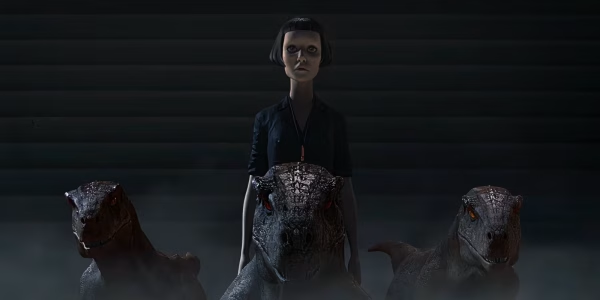
And of course, the dinosaurs still take center stage. Season 3 doesn’t hold back on the action, especially raptor action. The feathered pyroraptor from Dominion makes its animated debut here, and it’s just as chaotic and lethal as fans hoped. Every encounter feels high-stakes, with tension and suspense dialed way up. It’s no exaggeration to say the pacing in this season keeps you hooked.
Returning characters like Barry from Jurassic World offer welcome familiarity, while figures like Soyona Santos and Lewis Dodgson expand the shady inner workings of BioSyn and the underground dino market. Their storylines bring new depth and a disturbing realism to the events we saw in Dominion. Through their relationships, especially Soyona’s twisted dynamic with Dodgson, we start to see just how long this plan had been in motion.
If there’s one thing Chaos Theory does better than anything else, it’s making those Dominion connections hit harder. Watching this season is like discovering a hidden layer to a movie you thought you already understood. From Malta’s bustling dinosaur black market to the secret dealing that led to global dino access, this show is the missing puzzle piece that Dominion desperately needed, and fans will appreciate just how many threads it ties together.
It’s worth noting that although this show is targeted toward a younger demographic (ages 7+), the maturity and sophistication in its storytelling make it equally rewarding for older viewers. Longtime fans of the franchise, especially those who grew up with Camp Cretaceous, will likely find this darker sequel even better, with its confident tone, emotional weight, and world-expanding ambition.
Bottom line: Chaos Theory Season 3 is a triumph; it’s heartwarming, harrowing, thrilling, and deeply satisfying. It continues to build on the legacy of Camp Cretaceous while boldly forging new territory, both literally and thematically. With stunning animation, character growth, meaningful connections to the films, and an emotionally gripping arc for Brooklynn, this season proves that the Jurassic animated universe isn’t just filler, it’s essential. Whether you’re here for the lore, the dinosaurs, or the feels, this show absolutely delivers.
Fun Fact: There are so many references this season, blink and you’ll miss them! From callbacks to Fallen Kingdom and Dominion to little nods to the earliest days of Camp Cretaceous, eagle-eyed fans are in for a nostalgic (and rewarding) ride.
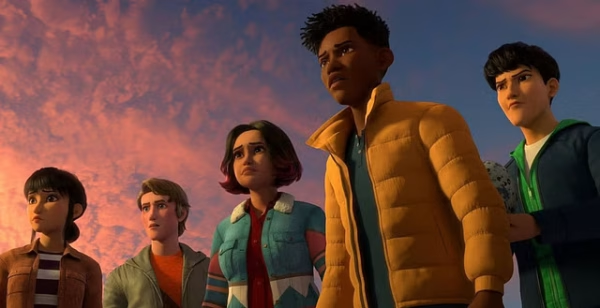


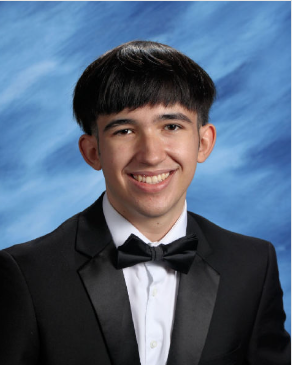



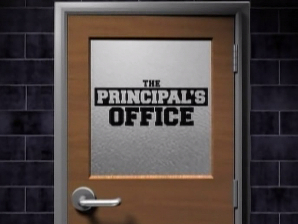




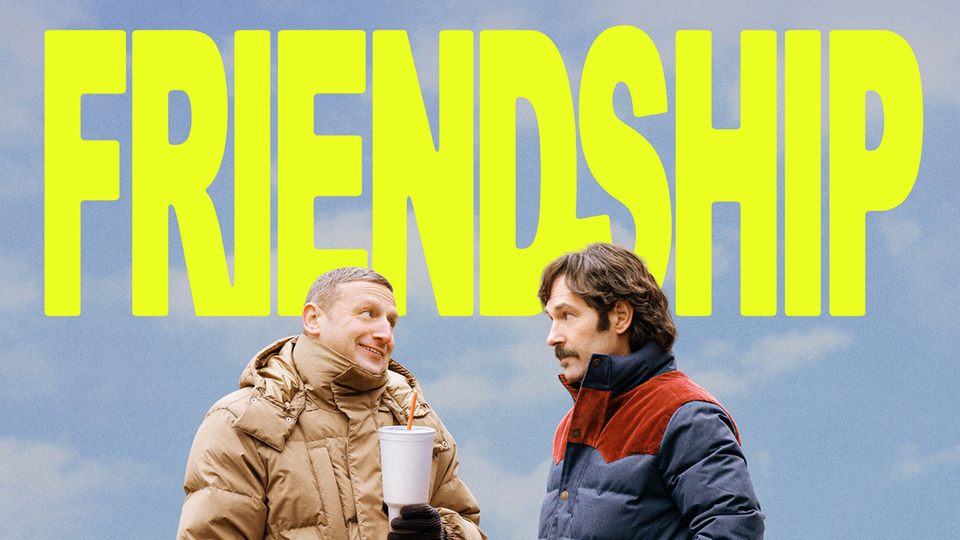






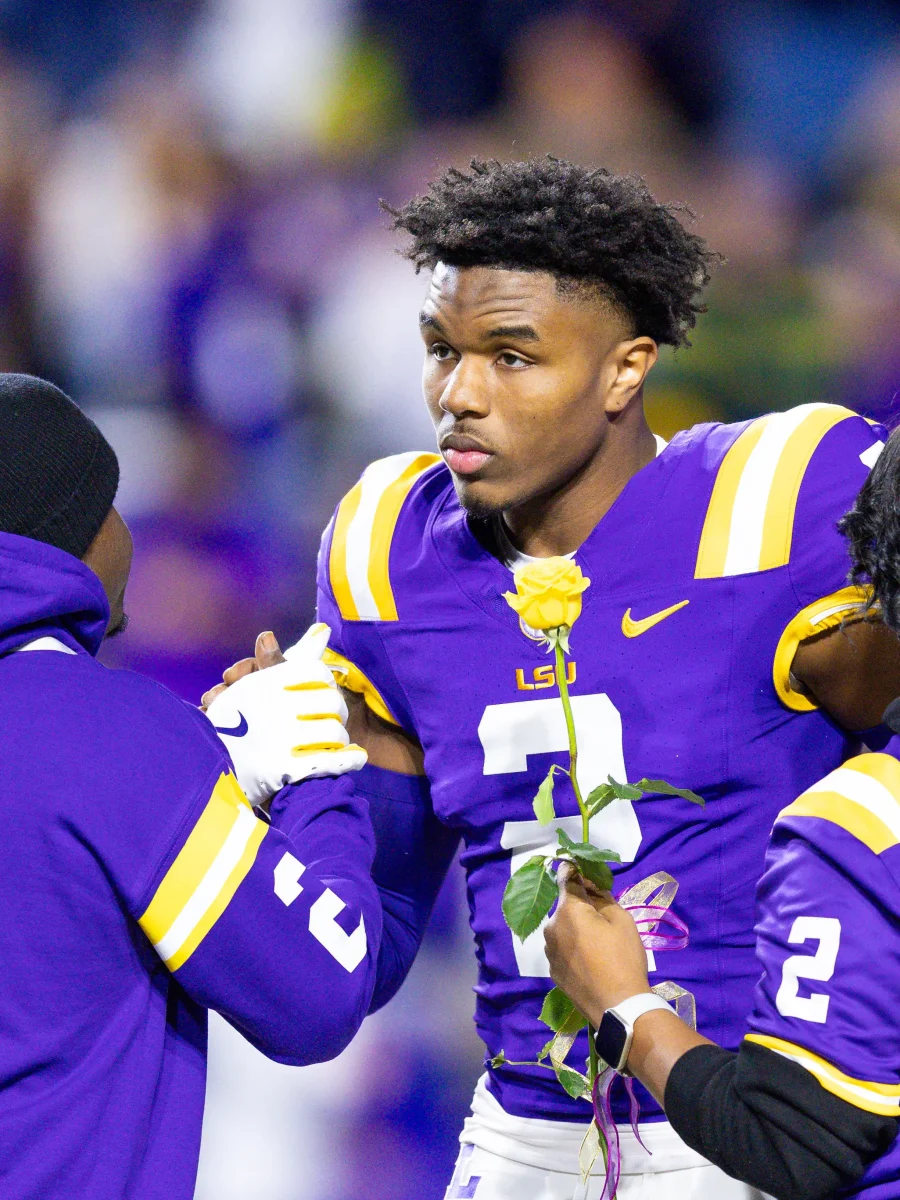
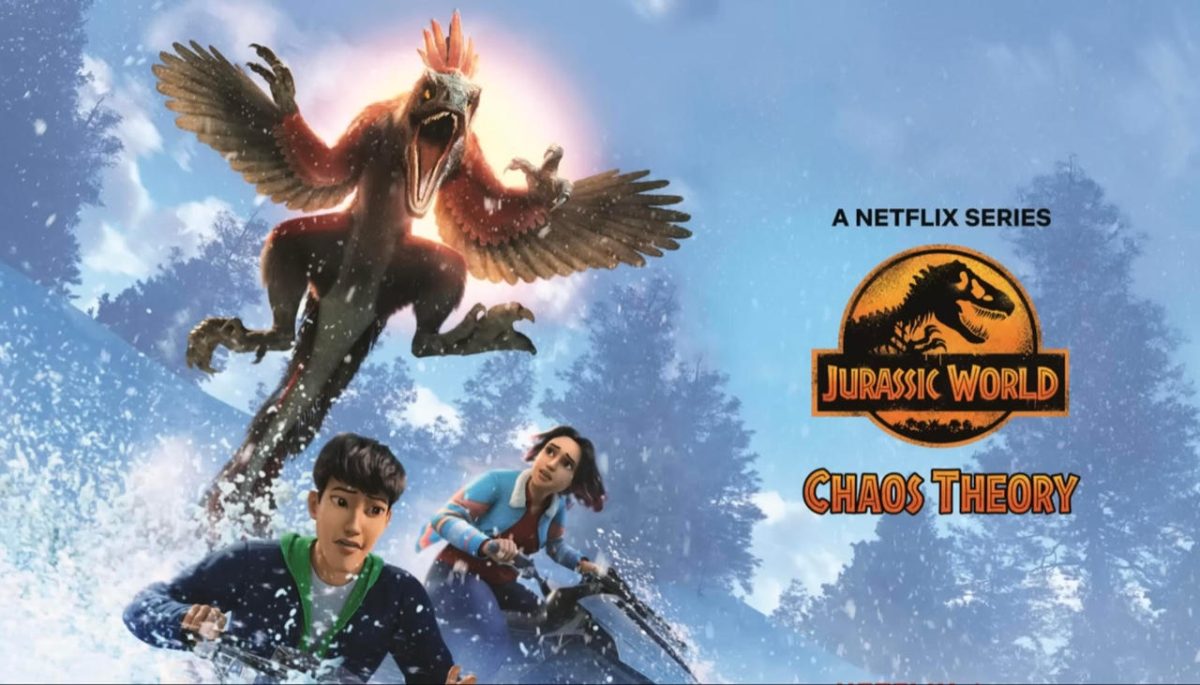




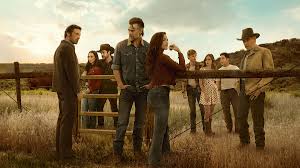
![Warner Bros./Legendary. (2025). Jack Black in A Minecraft Movie [Photograph]. TheWrap](https://hattersherald.com/wp-content/uploads/2025/04/jack-black-2-1200x675.webp)
